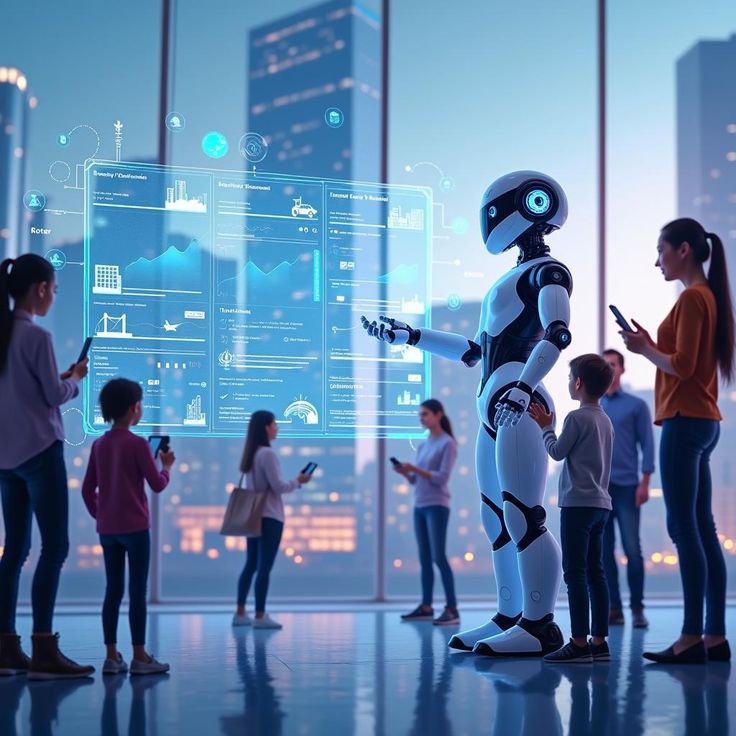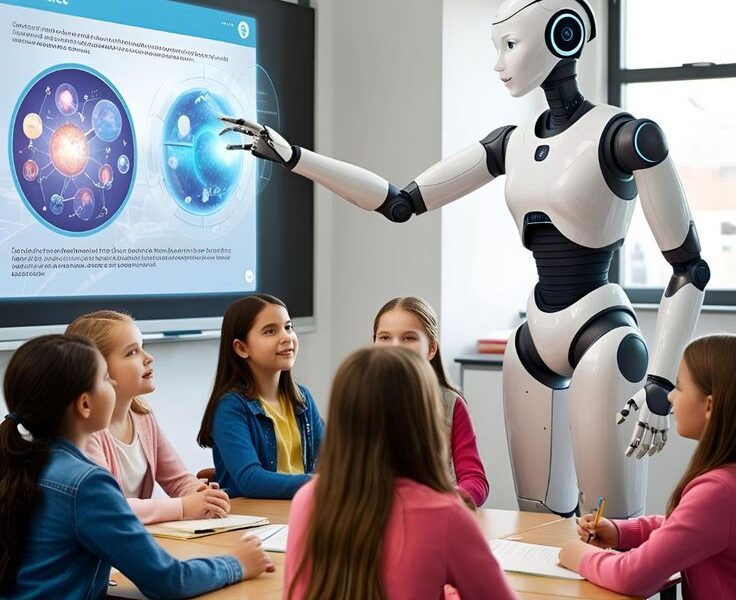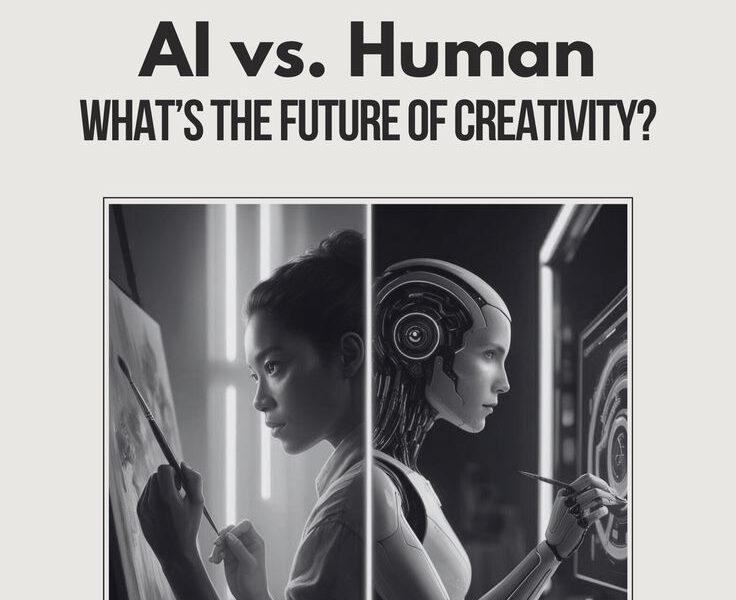**🤖 The Unexpected Arrival of Service Robots in Urban Societies**
**🤖 The Unexpected Arrival of Service Robots in Urban Societies**
The arrival of service robots in urban societies has initiated a revolutionary transformation in three key sectors—hospitality, healthcare, and personal assistance—that no one had anticipated. These robots, once confined to science fiction stories, have now become part of our daily lives and are changing the way we work, live, and receive medical care. In the hospitality industry, robots have not only enhanced the customer experience but have also made hotel operations more efficient. For instance, some modern hotels feature robotic delivery systems that transport items to rooms, provide room service, and even offer concierge services. These robots can operate 24/7, reducing hotel costs and improving service quality. In the healthcare sector, robots have assisted doctors and nurses with their tasks, particularly during the COVID-19 pandemic when social distancing was critical. Robotic systems are being used for patient monitoring, medication delivery, and even in certain surgeries. In the field of personal assistance, robots have helped enhance independence and autonomy for elderly citizens and individuals with disabilities. These robots can assist with household chores, provide medication reminders, and send alerts in emergency situations. When examining the impact of service robots in urban societies, it becomes clear that they are not just mechanical assistants but are also influencing social relationships, work environments, and the quality of daily life.

**🏨 The Beginning of the Robotic Revolution in the Hospitality Industry**
**🏨 The Beginning of the Robotic Revolution in the Hospitality Industry**
The use of robots in the hospitality industry is proving to be a precursor to a change that could reshape the entire industry’s structure. In modern hotels, robots are performing a variety of tasks, including front desk operations, room service, luggage handling, and cleaning services. Some hotels have introduced robotic concierge services that provide guests with information, make reservations, and even offer guidance about local tourist attractions. These robots can speak multiple languages, resolving communication issues for international tourists. Robotic room service systems have significantly improved hotel operations, where robots automatically deliver towels, toiletries, and other essential items to rooms. Luggage-handling robots have also played an important role in the hospitality industry, safely transporting guests’ belongings to their rooms. Cleaning robots have enhanced the quality of hotel hygiene, especially after COVID-19, with increased focus on sanitation. These robots can perform tasks like disinfection using UV light, which is not feasible for human staff. Robotic kitchen assistants have also found their place in the hospitality industry, assisting with food preparation, plating, and serving. These systems ensure consistency and quality control. The economic aspects of using robots in the hospitality industry are also significant, where long-term savings are achieved despite the initial investment.
**🏥 Robotic Transformations in the Healthcare System**
**🏥 Robotic Transformations in the Healthcare System**
Robots have brought revolutionary changes to treatment methods in the healthcare sector. Surgical robots have made complex operations possible, allowing doctors to perform surgeries with greater precision. These robots can conduct minimally invasive procedures, reducing patients’ recovery time and minimizing scars. Rehabilitation robots have made physical therapy easier for individuals with disabilities and patients recovering from injuries. These robots monitor patients’ movements and help them exercise more effectively. Diagnostic robots have also played a crucial role in medical imaging and laboratory tests, enabling more accurate disease detection. Telepresence robots have made remote consultations possible, allowing doctors to examine patients in far-flung areas. Medication management robots have ensured accuracy in drug administration, providing patients with the correct dosage at the right time. Elderly care robots have brought significant changes to nursing homes and retirement communities, assisting seniors with daily activities. Infection control robots have improved cleanliness standards in hospitals, particularly in preventing the spread of infectious diseases. Robots have also played a role in mental health care, assisting in therapeutic sessions and monitoring patients’ emotional states.
**🏠 The Robotic Revolution in Personal Assistance**
**🏠 The Robotic Revolution in Personal Assistance**
In the field of personal assistance, robots have established new standards of individuality and freedom. For household chores, robots have simplified daily tasks. Cleaning robots, such as robotic vacuum cleaners and mops, have automated home cleaning. Cooking robots have simplified the food preparation process, capable of preparing various recipes. Personal assistant robots have helped with tasks like scheduling, reminders, and information retrieval. Significant progress has been made in elderly care, where robots assist seniors with daily activities. These robots provide services such as fall detection, medication reminders, and emergency alerts. Specially designed robots for disabled individuals have aided in mobility and daily tasks. Robotic exoskeletons have created new opportunities for wheelchair users to move around. Robots have also played a role in child care, assisting with educational activities and entertainment. Pet care robots have simplified pet maintenance, offering services like automatic feeding and monitoring. Security robots have improved home safety standards, assisting with surveillance and emergency response.
**💼 Economic Impacts and Changing Employment Landscapes**
**💼 Economic Impacts and Changing Employment Landscapes**
The proliferation of service robots has had profound effects on the economic structures of urban societies. On one hand, robots have increased efficiency and productivity, while on the other hand, they have challenged traditional employment models. In the hospitality industry, robots have automated repetitive and physically demanding tasks, allowing human workers to focus on more skilled and creative work. In the healthcare sector, robots have reduced the workload of medical professionals, enabling them to concentrate on more critical tasks. In personal assistance, robots have created new business opportunities, such as robotic maintenance and programming services. However, there are also negative aspects to the economic impact of robots. Some experts believe that low-skilled work opportunities may decrease due to robots. Governments and educational institutions need to initiate retraining programs and skill development initiatives. The adoption of robots leads to cost savings, which can eventually benefit consumers. New business models like Robotics-as-a-Service (RaaS) have made robotic technology more accessible to SMEs.
**🤝 Impacts on Social Relationships**
**🤝 Impacts on Social Relationships**
The increasing use of service robots has deeply affected human relationships and social structures. In the hospitality industry, human-robot interaction has transformed the guest experience. Some guests prefer robotic services, while others consider human interaction more important. In healthcare, robotic assistance has altered the doctor-patient relationship. Telepresence robots have made remote consultations possible but have reduced physical human contact. In personal assistance, domestic robots have impacted family relationships. For the elderly, companion robots have reduced feelings of loneliness but have decreased direct interaction among family members. For individuals with disabilities, assistive robots have helped enhance social inclusion. In educational settings, teaching robots have changed students’ learning methods. In public spaces, service robots have altered people’s behaviors and expectations. Ethical considerations such as privacy, data security, and robot rights have also become important.
**🔮 Future Trends and Possibilities**
**🔮 Future Trends and Possibilities**
The future of service robots appears very bright, with potential for further advancements and new applications. With the integration of AI and machine learning, robots are becoming more intelligent and context-aware. In the hospitality industry, we may see personalized robotic services that can learn guests’ preferences and behaviors. In healthcare, nanorobots and bio-integrated robots could introduce new treatment methods. In personal assistance, multifunctional home robots could assist in every aspect of daily life. The concept of swarm robotics, where small robots work together to perform complex tasks, could revolutionize service sectors. Advancements in soft robotics could make robots more flexible and capable of safe interaction. Through brain-computer interfaces, robots could be operated via direct neural control. 5G and subsequent communication technologies have enabled real-time remote control and data transfer. In terms of sustainability, energy-efficient robots and the use of recyclable materials have provided environmentally friendly solutions. The development of regulatory frameworks and standards has ensured the safe use of robots.
**⚖️ Challenges and Ethical Considerations**
**⚖️ Challenges and Ethical Considerations**
The widespread adoption of service robots faces several challenges and ethical questions. Technical challenges include reliability, safety, and interoperability. Economic barriers, such as high initial costs, have made it difficult for small businesses to access robotic technology. Social acceptance and cultural barriers have also affected the adoption of robots. Privacy concerns have raised questions about data collection and surveillance. Fears of job displacement have attracted the attention of policymakers. Ethical questions, such as robot rights, accountability, and decision-making processes, have sparked philosophical debates. Security risks, such as hacking and malicious use, have highlighted the need for protective measures. The absence of legal frameworks has created issues of liability and regulation. Psychological effects, such as human-robot attachment and social isolation, have drawn the attention of mental health experts. Environmental impacts, such as e-waste and energy consumption, have emphasized the importance of sustainable design. Despite all these challenges, with proper planning, regulations, and public awareness, the benefits of robots can be extended to as many people as possible.


